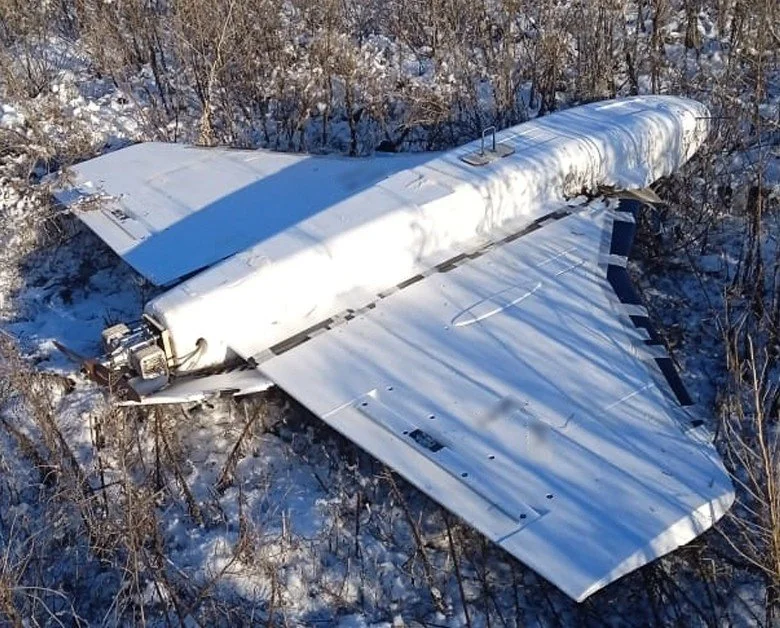Russia’s Expanding Drone and Airspace Violations Across NATO
By Dpsu.gov.ua, CC BY 4.0
As of October 6, 2025, the airspace over Europe has become increasingly contested. What began on September 10 as an incursion of at least 19 Russian kamikaze drones into Polish territory has evolved into a broader and persistent pattern of airspace violations across NATO’s eastern flank. The incursion of Russian drones up to 300 kilometers into Polish airspace prompted a massive NATO response. Polish F-16s, Dutch F-35s, and Italian AWACS aircraft worked alongside NATO refueling tankers in one of the largest coordinated air operations since Russia’s full-scale invasion of Ukraine in 2022. Airports in Warsaw, Rzeszów, and Lublin were temporarily closed, and debris from intercepted drones fell near residential areas, but no injuries were reported.
Since then, similar incidents have spread westward. Estonia confirmed that three Russian MiG-31s briefly entered its airspace on September 19. Romania reported a drone crash along the Danube just days later. Germany has investigated a “drone swarm” over Schleswig-Holstein, believed to be surveilling critical infrastructure, and several other European nations have been forced to temporarily shut a number of airports in late September after repeated unidentified flights over a series of Danish and German regions.
The rise in Russian flyovers and drone incursions into NATO airspace reflects a shift toward aerial harassment designed to exploit the grey zone between peace and open war. By testing NATO’s air defenses and resolve, Moscow seeks to undermine deterrence without provoking a direct military clash. Each overflight increases the risk of miscalculation, where one mistaken interception could trigger a crisis.
The incidents have accelerated European defense integration. Poland and the Baltic states are expanding air surveillance networks, Germany and Denmark have tightened coordination with NATO command, and the EU is fast-tracking procurement for anti-drone systems. Western leaders, including Joe Biden, Emmanuel Macron, and Keir Starmer, have condemned the drone incursions as deliberate provocations meant to unsettle the continent.
Polish Prime Minister Donald Tusk called the September drone incursion “the most serious violation of sovereignty since World War II.” NATO invoked Article 4 and began Operation Eastern Sentry, an integrated air defense mission to protect the eastern flank. Later that week, at an EU summit in Copenhagen, defense ministers proposed and began to discuss plans for an “Eastern Flank Drone Wall.” Ukrainian President Volodymyr Zelenskyy added to the proposal by recommending that frozen Russian assets be used to fund a joint European air defense system.
Europe’s airspace is becoming an increasingly contested zone, with drone and aircraft incursions now a regular occurrence. The incidents have hardened NATO’s stance, reinforced defense spending commitments, and stressed the need for shared air surveillance. Former Russian President Dmitry Medvedev’s comments on October 6, calling the drone disruptions “a useful reminder of the dangers of war,” underscore the Kremlin’s intent to use intimidation as a strategic tool.
These repeated provocations mark a new phase in European security: one defined by invisible confrontations above the clouds, where vigilance replaces rest and every radar blip could carry diplomatic consequences. The safety of Europe now relies as much on coordination and composure as on the weapons that guard its skies.

